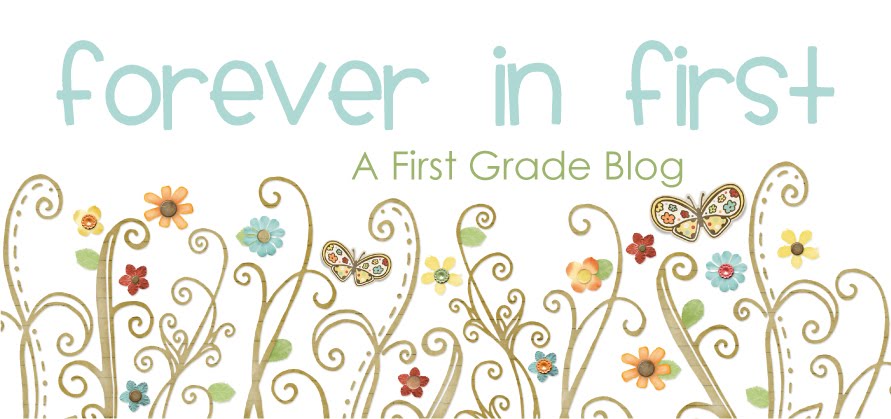When Thanksgiving break started a week ago, my goal was to finish all my school work and get my house cleaned and organized as soon as I could. Work before play. That's my motto. By Saturday night, everything on my list was crossed off. It was time to play. I cozied up under a blanket on my couch and began reading. Insert strange looks and shaking heads. Some people don't understand my enjoyment of books. When I leave comments on Facebook about my voracious reading habits, I don't always receive encouraging feedback. Sometimes I get the, "Is that all you ever do?" Well, no, but it's pretty close. I just finished my sixth book of the week, and I'm not embarrassed if people know. (I think I've broken a personal record. Maybe I should tell Facebook.)
Although my skin could use some toughening at times, I love books enough that I can put up with the naysayers. My students are not equipped with that ability yet. Fortunately first graders aren't at the age where it's really needed, but soon enough, friends, family, and society will have something to say about how much and what they read. Their world is already brimming with messages, making it clear that it's cool to be wrapped up in this, that, and the other thing. Rarely is reading given a place on the list. And for many, those messages will influence their choices. At this point, they think it's cool to take their books with them to recess. But will 17% of my students come to a point in their future reading lives where they will be embarrassed to be seen with a book? I'm challenged today to do something about that statistic.
















